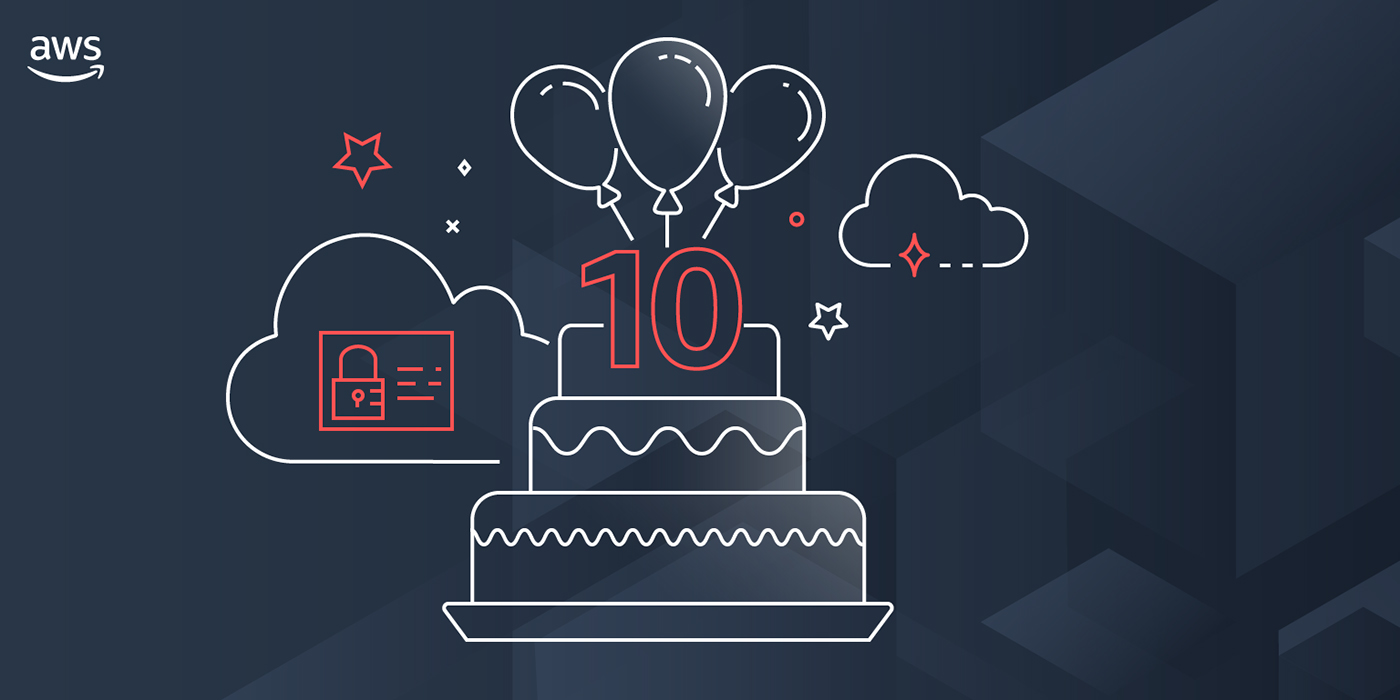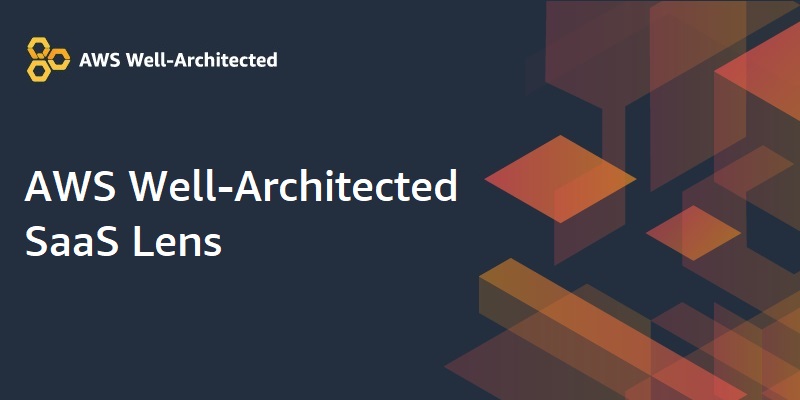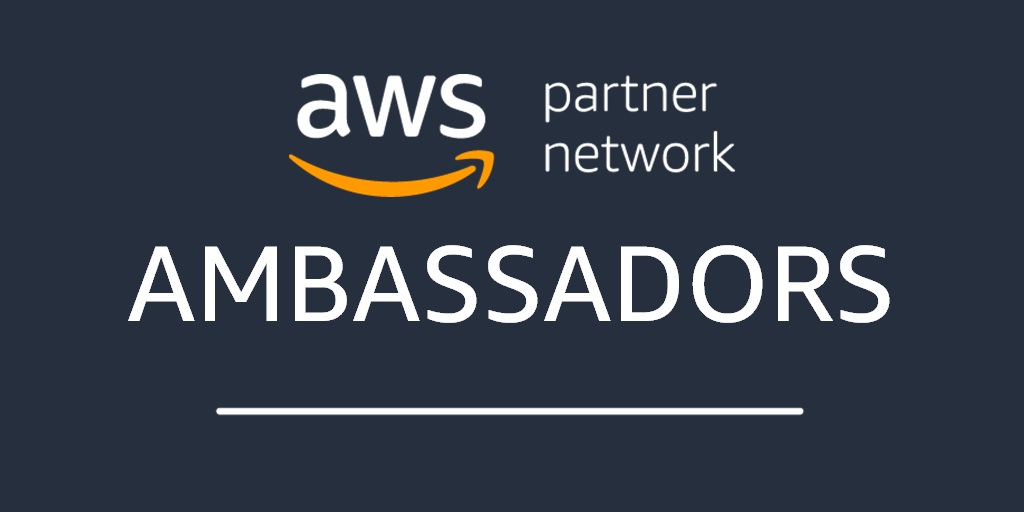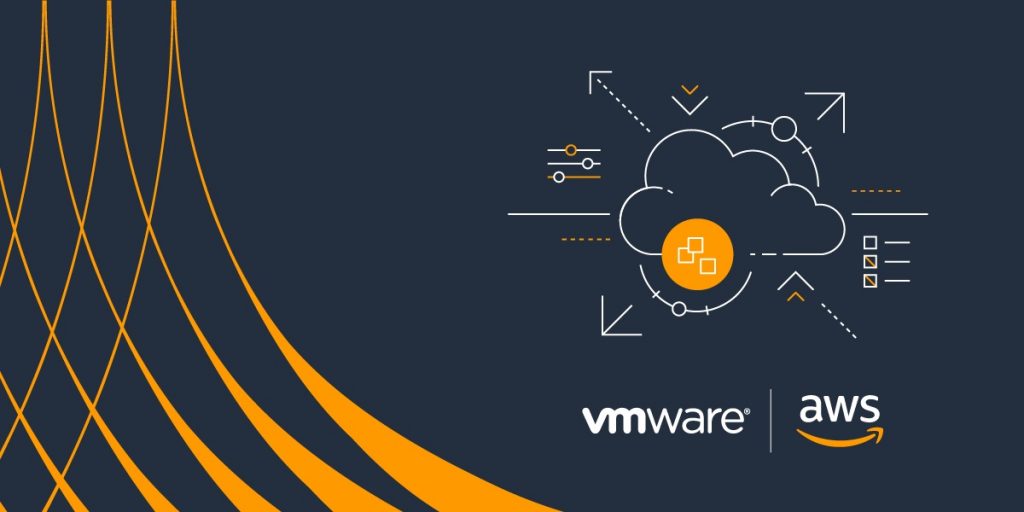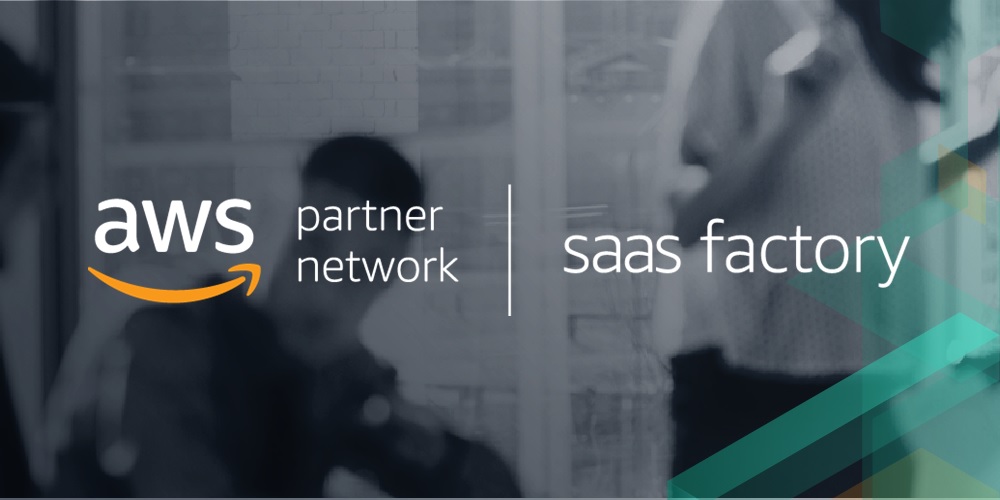AWS Partner Network (APN) Blog
Category: Best Practices
IAM 10th Anniversary: Top Recommendations for Working with IAM from Our AWS Heroes – Part 1
This year marks the 10th anniversary of AWS Identity and Access Management (IAM), which is essential in securing your applications and your AWS environment as a whole. To help you get the most out of this critical AWS service, we are excited to share a blog series featuring top recommendations for using IAM from AWS Heroes and APN Ambassadors, who will share recommendations which are driven from personal experiences using a service that’s foundational for the security of AWS customers.
Assessing the Reliability of Your SaaS Environment with the AWS Well-Architected SaaS Lens
The reliability pillar of the AWS Well-Architected SaaS Lens focuses on the reliability posture of your SaaS solution. The SaaS Lens helps AWS customers assess the overall reliability of their SaaS architecture, providing prescriptive guidance that enables better alignment of their architecture. There are several considerations to keep in mind when building or optimizing a SaaS solution for reliability. While some apply to all modern solutions, others are specific to SaaS and that’s the focus of this post.
Governance in the AWS Cloud: The Right Balance Between Agility and Safety
Cloud infrastructure provides more agility than traditional IT, meaning organizations must think differently about how they design, build, and manage applications. Cloud resources need a stronger integration between IT and organizational governance, as builders need to be able to operate in a cloud environment that’s agile and safe. Hear from APN Ambassador Paolo Latella, who introduces a decentralized model of cloud governance that can help you strike the right balance between agility and safety.
Building a Third-Party SaaS Metering and Billing Integration on AWS
When moving to a SaaS model, companies need more flexible billing constructs that allow them to support a range of billing strategies and models. Learn how SaaS providers can create a billing integration experience that captures metering data and publishes it to a third-party billing system. We’ll also review common SaaS billing models and introduce a sample billing implementation that provides a working example of how you can approach building a strategy for integrating with SaaS billing providers.
Building a Multi-Tenant SaaS Solution Using Amazon EKS
As more organizations make the move to a SaaS delivery model, many are choosing Amazon EKS as the target for their solutions. The programming model, cost efficiency, security, deployment, and operational attributes of Amazon EKS represent a compelling model for SaaS providers. Walk through the key architectural elements of a sample architecture, and learn how to isolate tenants within an EKS cluster, automate tenant onboarding, manage tenant identities, and support routing of tenant workloads.
Design Considerations for Disaster Recovery with VMware Cloud on AWS
Customers who run VMware on-premises are incorporating VMware Cloud on AWS into their hybrid cloud strategy due to the immense benefits of using the AWS Global Infrastructure. As organizations plan hybrid cloud strategies, disaster recovery is a vital consideration to ensure business continuity in the event of a disaster. Learn about the architectural considerations and best practices for implementing disaster recovery using VMware Cloud on AWS.
The Journey to AWS MSP: Best Practices for Executing the AWS MSP Full Audit
An integral part of the AWS MSP journey is completing the full two-day audit with ISSI, our third-party auditing firm and an AWS Select Consulting Partner. In our first post in a two-part series, we had a Q&A with Chang Leong, Global Head of Auditing at ISSI, who shared best practices leading up to the AWS MSP audit. In this post, we continue the conversation with Chang and focus on what to expect for the two-day-long AWS MSP audit—as well as post-audit activities for AWS MSP Partners.
Storing Multi-Tenant SaaS Data in a Serverless Environment with Amazon Keyspaces
With Amazon Keyspaces, AWS has enabled SaaS providers to run their Apache Cassandra workloads using a fully managed, serverless offering. This option allows you to leverage the strengths of Cassandra while getting all of the scale, cost, reliability, and operational efficiency that comes with a managed model. Learn how Amazon Keyspaces can be used to store data in a multi-tenant architecture and review common models for partitioning each tenant’s data.
Capturing and Visualizing Multi-Tenant Metrics Inside a SaaS Application on AWS
As a SaaS provider, it’s essential to have a clear picture of how tenants are exercising your system. Being able to model the functional and operational profile of tenants and tenant tiers is critical to evolving the business and technical strategies of a SaaS organization. Learn about the role metrics play within a SaaS-based application, and dive deep into a solution that provides all of the infrastructure that will support the ingestion, aggregation, and analysis of SaaS metric data.
Applying Dynamically Generated Isolation Policies in SaaS Environments
As part of adopting a multi-tenant SaaS model, a key challenge is how to provide strong tenant isolation in a cost effective and scalable manner. Being able to effectively isolate your tenants is an important part of a multi-tenant system. Learn how dynamic policy generation gets applied as part of the overall isolation story of your SaaS solution, and follow along with AWS reference implementation to demonstrate how to use dynamically generated policies in code.
